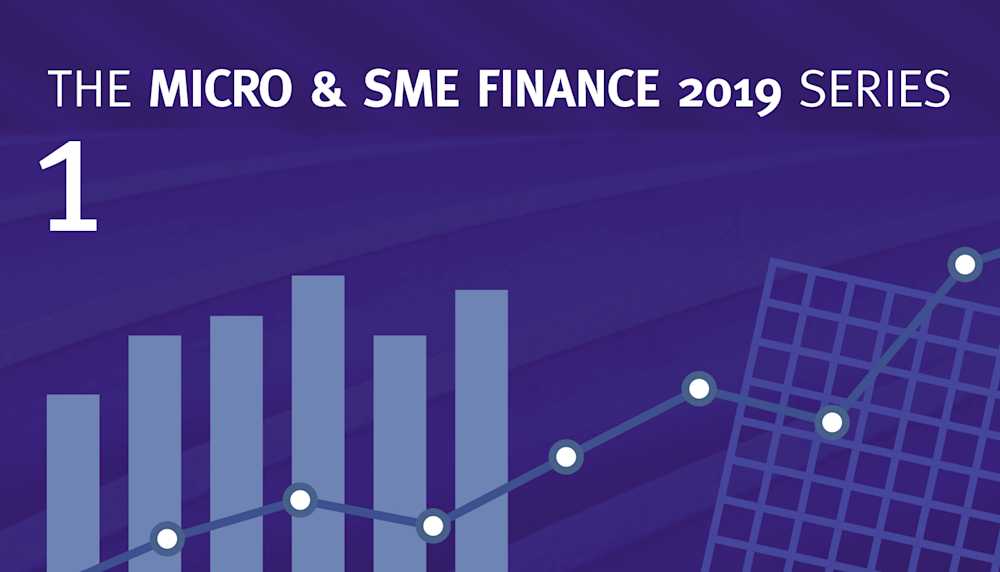Inclusive finance
Market reactions to rising interest rates

In an environment of rising interest rates, the diversity of external vulnerabilities among developing markets means that rising external funding costs will affect some countries more quickly and strongly than others. While there are buckets of risks, emerging market economies should overall prove fairly resilient as long as global interest rates rise gradually.
The world’s emergence from a record period of low interest rates will affect economies and financial sectors globally. This extends to micro and SME finance in developing and emerging markets, which cannot be regarded as totally detached from global macroeconomic trends.

“How much and how quickly emerging market central banks follow the US Fed will depend on their external vulnerabilities.”
Philipp Waeber, Senior Country Risk Officer
Global interest rates set to rise further
Rising interest rates, driven by the actions of the US Federal Reserve and the European Central Bank, affect the cost of funding for financial institutions in the developing world through higher rates demanded by international lenders or via domestic funding costs, in particular deposit rates.
Understanding the investment opportunity Inclusive finance
With the rise in interest rates, developing and emerging economies will face higher external funding costs. To what extent they are affected depends on their current funding needs as well as their debt stock and its structure. Most affected are countries with large current account deficits reflecting large current financing needs and high debt levels, as well as countries with a large share of debt at variable interest rates, short maturities and in foreign exchange.
Emerging economies mostly resilient
Countries perceived as more vulnerable to higher US dollar interest rates and a further strengthening of the USD may not only face an increase in the risk-free rate, but also an increase in their risk premium. The recent crisis in Turkey demonstrates many of these aspects, although it is heavily exacerbated by political mismanagement. Higher interest rates will then translate into rising debt servicing costs, meaning there is less income available for consumption and investment, marking a headwind to the overall economic expansion.
“Risks overall appear rather moderate if the tightening in global financing conditions proceeds as gradually as expected.”
Philipp Waeber, Senior Country Risk Officer
While there are buckets of risks among responsAbility’s investment universe of 90 emerging and developing markets, risks overall appear rather moderate if the tightening in global financing conditions proceeds as gradually as expected. This view is broadly confirmed by the International Monetary Fund (IMF), which expects developing and emerging economies to continue growing at a solid pace over the coming years. However, were interest rates to rise much faster than currently expected, the number of countries facing challenges might rise substantially.
Looking to invest in the financial sector? Investment products
Muted impact on domestic funding costs
Another key question, not least for banks, is how domestic funding costs are affected. Were capital accounts open and capital allowed to flow freely across borders, domestic rates should rise in parallel with global benchmarks, or even more rapidly, if depositors perceive an increased risk of local currency weakening. However, many of our key markets do not have capital accounts that are fully open, meaning that domestic funding costs will not necessarily rise in parallel with global benchmark yields.
“So far, the number of severely affected economies remains quite limited.”
Philipp Waeber, Senior Country Risk Officer
This results in a great deal of variety by region and country characteristics:
With Latin America more open to capital flows than other regions and more closely tied to the US economy, many markets with the strongest rise in domestic financing costs have been found here (Argentina, Costa Rica, Mexico).
Asian markets typically impose more restrictions on capital flows; recently though some of them have seen their currencies plunging and hence started to follow the Fed, including India, Indonesia and the Philippines.
Commodity exporting countries tend to follow their own cycle. Here central banks have been easing financing conditions, as the previous commodity price shock has slowly been absorbed and inflation tamed.
“We expect tighter external funding conditions to translate over time into rising domestic funding costs.”
Philipp Waeber, Senior Country Risk Officer
Domestic funding costs set to rise over time
Going forward, how strongly and how quickly emerging market central banks follow the US Fed will depend on their external vulnerabilities. So far, the number of severely affected economies remains quite limited, with numerous markets not (yet) following in the US Fed’s footsteps. However, as capital accounts aren’t fully closed in our markets, either, we expect tighter external funding conditions to translate over time into rising domestic funding costs, other things being equal.
The author
Philipp Waeber monitors country risks for the responsAbility portfolio by completing quantitative assessments with a qualitative overlay, based on information gathered from multiple sources including an ample network of country experts.
The MSME finance 2019 series: coming up
II RISING YIELDS ON MSME PORTFOLIOS
Most MSME finance portfolios primarily consist of short term loans. As benchmark rates rise, MSME finance investors may respond by increasing the proportion of loans with a floating component. At the same time, loans that are entirely fixed on disbursement allow MSME finance investors to limit return volatility, and often outperform floating loans in the long term. We look at how portfolio managers use the proportion of fixed and floating interest rate loans to respond to changes in global benchmarks.
III ADJUSTING EXPOSURE TO MARKETS AND BUSINESS MODELS
Asset managers must be able to analyse business models in the context of each economy and market, adjusting exposure accordingly. Portfolio managers that successfully address this historic shift will not only ensure investor value, but also provide long term support that will benefit millions of low-income households and SMEs. We show how individual MSME finance institutions’ ability to adapt will vary according to their client base and asset liability structure.